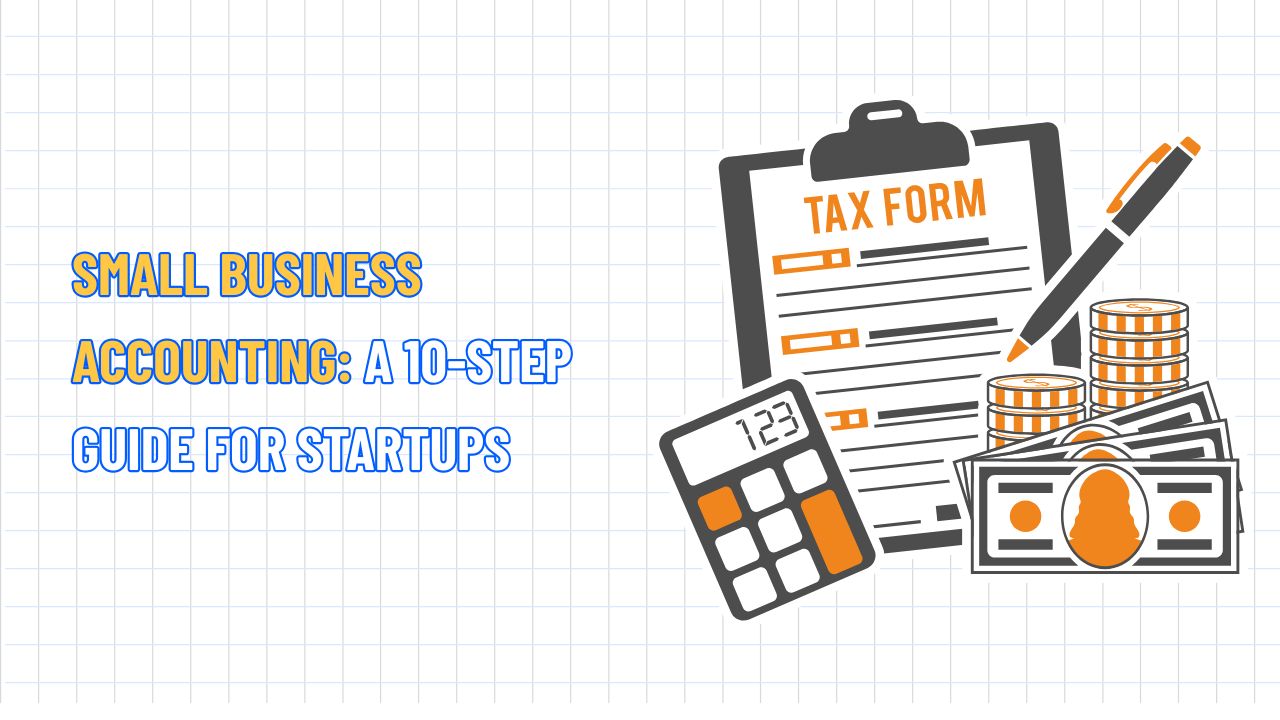How To Sell Music on Shopify: A Complete Step-By-Step Guide
Table of Contents Hide
In the digital age, utilizing eCommerce platforms has become one of the best ways for artists to earn from their passion. When it comes to leading platforms for this, Shopify is definitely a top choice. In this article, we’ll explore how to sell music on Shopify and increase your sales effectively.
How to sell music on Shopify
Learning how to sell music through Shopify is one of the great opportunities to make money from your artistic talent. Below are the steps (specifically digital music) to sell music, beats, and samples on Shopify that even beginners can easily follow.
Step 1: Set up your Shopify store
If you don't have a Shopify account yet, you'll need to sign up first. Shopify offers a free trial so you can try out all its features before paying. Here's how to get started:
- Go to the Shopify main website and click on "Start Free Trial."
- Enter your email, password, and store name.
- Choose a plan that works for you. Shopify gives you a 3-day free trial, so take your time to check out the platform and decide which plan fits your needs best.

To start selling music on Shopify, you need to have an account first
Step 2: Pick and customize your theme
Once you're in your Shopify dashboard, the next step is to choose a theme that matches your music style. Shopify has both free and paid themes that are easy to customize, even if you don’t know how to code.
- In the menu on the left, click on “Online Store” and then “Themes.”
- Click on “Visit Theme Store” to see all the available themes.
- Choose a simple, clean theme that shows off your artwork, album covers, and tracks. Then, use the theme editor to change the colors, fonts, and layout so your store looks just the way you want it.

Choose a suitable theme that can help show off your artwork
Step 3: Set up your digital products (songs and albums)
To sell your music, you’ll need to set it up as a digital product, so customers can download it after they buy. Shopify has an app called "Digital Downloads" that works perfectly for this. Here’s how to set it up:
- From your Shopify dashboard, go to “Apps” and search for “Digital Downloads.”
- Install the app and set it up according to the guide.
- In the left side of the menu, click on “Products,” then choose “Add Product”.
- Enter the name, and description, and upload an image (like your album cover). Make sure to uncheck the option that says "This is a physical product."
- Then, go to “Apps,” click “Digital Downloads,” and choose “Add Digital Products” to upload your music files (MP3, WAV, etc.).

Install the Digital Downloads app to upload and sell your music
Step 4: Organize your music into collections
To make it easier for customers to find your music, group your songs and albums into collections like “Singles,” “Albums,” or by music genre.
- In the left menu, click “Products” and then “Collections.”
- Click “Create Collection” and add a name, description, and image for the collection.
- You can manually choose which songs to add to each collection or set automatic rules based on tags.

Consider creating collections to help customers find your music easier
Step 5: Improve your product page
Your product page is very important for selling music. Here, you should add details that grab attention, like the story behind your music, descriptions of each track, or preview videos so customers can hear a bit before buying.
- Use the product description to share the inspiration behind your album or song.
- Add helpful tags like “MP3,” “WAV,” “Indie,” or “Electronic” to make it easier for people to find your music.

Create compelling and captivating descriptions of your music to draw in customers
Step 6: Set up payment methods
Before you start selling, you need to set up payment options. Shopify offers several methods, like credit cards, PayPal, and PIX, based on what works best for your audience.
- Go to “Settings”, then choose “Payments” from the left menu.
- Choose the payment methods that suit your customers. If you’re selling internationally, Shopify Payments and PayPal are good options.

Set up payment options that are most convenient for you and your customers
Step 7: Promote your music
Now that your store is set up, it’s time to let the world know. Here are some simple but helpful ways to promote your music:
- Use email marketing tools to keep your fans updated.
- Connect your Shopify store to Instagram and Facebook to sell directly through social media.
- Offer discounts on full albums to encourage customers to buy the whole album instead of just a few tracks.

Use email marketing or connect your Shopify store to social networks to promote it
How to sell physical music formats on Shopify
If you want to sell music in physical formats (such as CD, cassette, vinyl, etc.), the process is much simpler compared to selling digital music. Basically, you follow the same steps as selling any other physical product, with the specific steps mentioned below:
- Set up your Shopify store.
- Go to the “Products” section to add your music products and fill in their details.
- Organize products into categories like vinyl, posters, t-shirts, etc.
- In the “Shipping” section, enter the weight and customs information to sell physical music items.
Selling music merchandise on Shopify
Shopify isn’t just for selling music - it’s also great for selling music-related products like t-shirts, hats, pins, posters, mugs, etc. If you team up with a local manufacturer, you can easily add these items to your Shopify store and ship them when customers order. Shopify also makes it easy to sell print-on-demand merchandise or sell in person.
Selling print-on-demand music merchandise
You can create your merchandise using a print-on-demand app, where you can add your brand logo to items like t-shirts, mugs, posters, and more. After designing, you can easily add these products to your Shopify store.
When a customer places an order, the request is sent to your print-on-demand supplier, who handles printing, packing, and shipping the product for you.
To get started, simply visit the Shopify app store and choose a print-on-demand app like Printful or Printify.

You can use print-on-demand apps to sell music merchandise on Shopify
Selling music merch in person at concerts with Shopify POS
Shopify lets you sell music merchandise in person with its Point of Sale (POS) system. You can purchase hardware like card readers, barcode scanners, cash registers, and receipt printers to take payments and give receipts at events like concerts.
To start using Shopify POS, create a store on Shopify and sign up for the POS system. You’ll need to buy hardware like card readers and receipt printers for your in-person sales.
Then, download the Shopify POS app to your phone or tablet, log in to your Shopify account, and sync your inventory. Once synced, you’ll be ready to accept payments from customers in person.

Shopify Point of Sale (POS) system helps you sell music merchandise in person
Selling Shopify merch on Spotify
Shopify makes it easy for musicians to sell merchandise through its integration with Spotify. This free feature, available in the "Spotify for Artists" section of the Shopify app store, lets artists show and sell their merch directly on their Spotify profile.
To use it, just add the app, link your Shopify store to your Spotify account, and choose which items you want to sell on your profile. Once everything is set up, when listeners click on your merch, they’ll be taken to your Shopify store’s checkout page to complete their purchase.

You can easily link your Shopify store to your Spotify account
Tips to boost your music sales on Shopify
Shopify makes it easy to create a professional eCommerce site to showcase your albums, singles, and products. But just having a store isn't enough - effective marketing and optimization are key to increasing sales. Here are some proven tips to help you grow your music business on Shopify:
- Offer song previews: Let visitors listen to short previews of your songs to encourage them to buy the full album or bundle.
- Create exclusive content and bundles: Offer special items like bonus tracks, limited-edition merch, or signed albums. You can also bundle physical albums with merchandise to give customers more value.
- Improve your store design: Make sure your store reflects your artist brand. Use a clean layout, high-quality images, and colors that match your album artwork. This way, your store can appear more artistic, which in turn helps buyers trust the credibility of your products more.
- Promote on social media: Share your store on social media to reach a wider audience. It is suggested that you use ads to target people based on their music interests.
- Email marketing: Collect emails by offering a free preview in exchange for signing up. Don’t forget to send updates and exclusive deals to keep customers coming back.
- Request customer reviews: Ask customers to leave reviews after purchasing. You can also display positive reviews on your store to build trust with new buyers.
- Use SEO: Optimize your store with keywords in product titles and descriptions to help people find you online. You can consider adding a blog to drive more traffic as well.

Effective marketing and optimization are essential to increase sales
Conclusion
Learning how to sell music on Shopify offers a great chance to turn your passion into a profitable business. With its easy setup, digital download features, and robust payment options, Shopify is an excellent platform for managing your music sales. By following the steps outlined, you’ll be ready to start selling your music online and grow your fanbase.
>>>> Read more:










